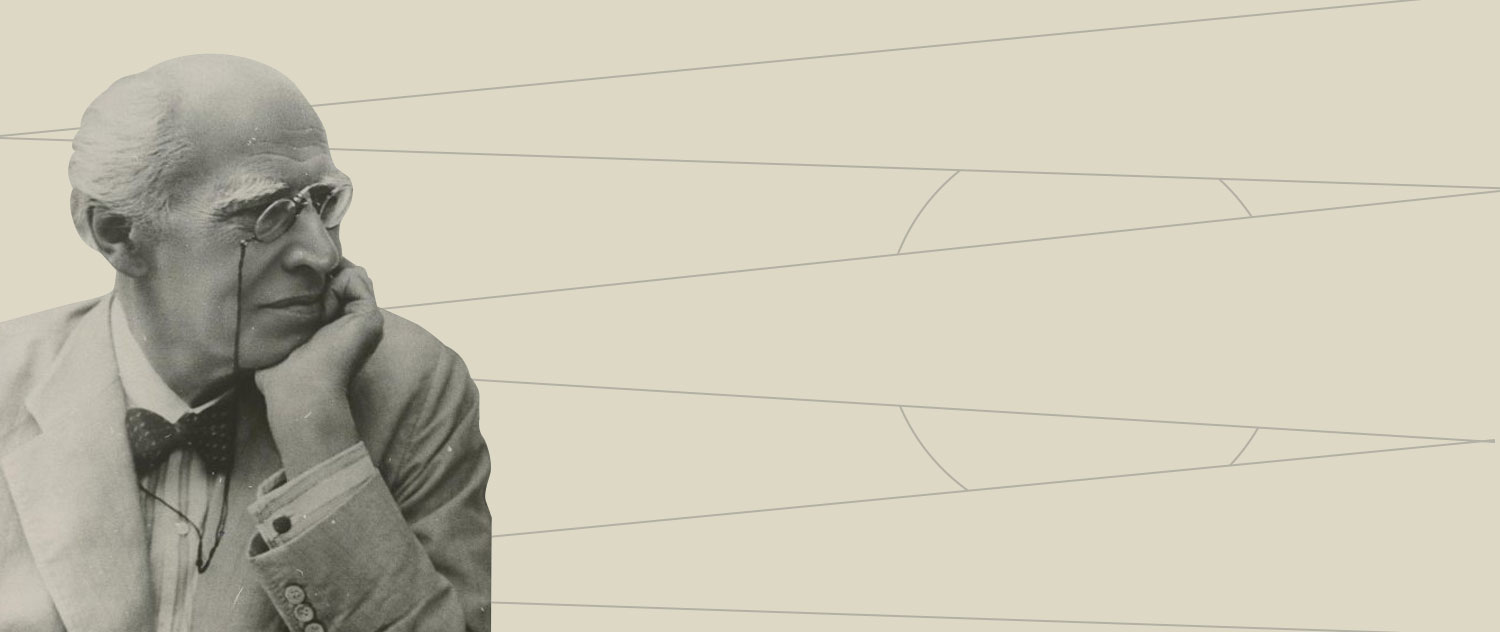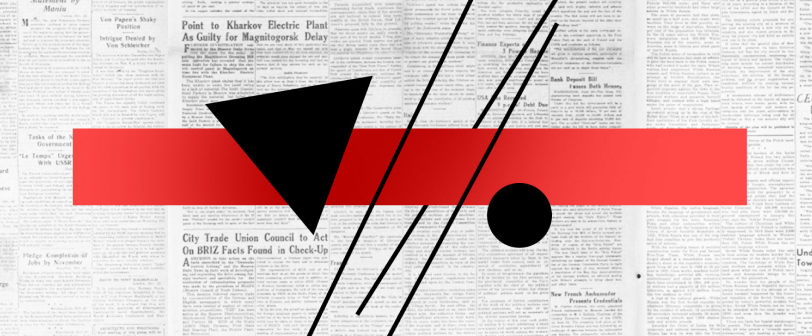Преданность традициям
Сахновский рассказал о влиянии Октябрьской социалистической революции и новых жизненных устоев Советского Союза на театр, который еще до 1917 года приобрел мировую известность. На его лице возникла легкая улыбка при упоминании «Чеховского сентиментализма», который выделялся среди других постановок Художественного театра и контрастировал с решительной и твердой современной стилистикой.
Несмотря на значительные перемены, произошедшие в театре, многое по-прежнему остается от прошлых дней: традиции продуманных репетиций, скрупулезных подготовок, глубокой культурной основы. Даже водители, перевозящие сотрудников театра, не говоря уже о рабочих сцены и техниках, должны знать об истории, методах и задачах Московского художественного театра. Таким образом, элементы прошлого и настоящего, собранные в гармоничное целое, создали нынешний живой театр, театр, достижения которого ценятся во всем мире.
«Если Художественный театр закроется, то театральное искусство умрет», — цитирует Сахновский , который часто говорил эту фразу своим коллегам. По причине преклонного возраста, не может заниматься активной работой, но посвящает много времени обсуждению вопросов театра и методов работы с его ведущими сотрудниками, режиссерами и актерами. Также он делится попытом по обучению молодых актеров и постановщиков в традиции Художественного театра. Ветеран сцены считает, что в Европе театральное искусство находится в упадке, а в Америке наблюдаются признаки развития и перспективы. Поэтому важно сохранять и передавать высокие стандарты, которым верен Московский художественный театр.
Немирович-Данченко о переменах
Еще один ветеран Художественного театра, Владимир Немирович-Данченко, недавно объяснил, как перемены сказались на облике и развитии театра. «Перед Октябрьской социалистической революцией театр находился на распутье, — заявил он во время вручения правительственных наград режиссерам и актерам в мае этого года. — Когда произошла революция, театр не отдался беззаветно грандиозным задачам революции, ни художественно, ни духовно. Лидерам нашего государства нужно было проявить чрезвычайную остроту ума, чтобы дать театру возможности для дальнейшего развития».
Эти возможности подразумевают щедрое снабжение материальными ресурсами, свободу художественного пути, следование строгим стандартам традиций театра, дружескую заинтересованность и помощь в организации от лидеров партии и правительства. Например, И.В. Сталин предложил поработать над постановками недавних успешных спектаклей «Враги» и «Любовь Яровая».
Old Traditions Remain
In his words I felt the impact, as it were, of the October Socialist Revolution and the new life of the Soviet Union on a theater which was internationally famous before 1917. There was a faint smile of reminiscence on his lips as he recalled the «Chekhov sentimentalism» which at one time linged the Art Theater’s productions, contrasting it with a certain daring and hardness of line in the new manner. But much as the theater has developed, a great deal still remains from its former days: traditions of careful training and study, of thorough preparation, of broad cultural background. Even the chauffeurs on the theater staff, not to mention stagehands and technicians, are expected to know something of the history, methods and aims of the Moscow Art Theater!
Thus, elements of the old and the new, blending into a harmonious whole, have created the living theater of today, the theater whose achievements and standards are of world significance. «If the Art Theater declines, then theatrical art will die out,» Sakhnovsky quotes Stanislavsky as saying often to his colleagues.
Advanced 'in years and none too strong, Stanislavsky has given up active work in the theater itself; but lie devotes much time to discussing its problems and methods with leading members of its staff of regisseurs and actors, who come to him at his home. In addition, he takes a direct share in the training of young actors and stage directors in the Art Theater tradition. For this veteran of the stage believes that theatrical art is on the decline throughout Europe; only in America does he see signs of possible growth and vigor. Hence the importance of maintaining and passing on the high standards which the Moscow Art Theater has always set itself.
Nemirovich-Danchenko on Change
It was that other veteran of the Art Theater, Nemirovich-Danchenko, who not long ago explained how the change came in the theater’s outlook and development. «Prior to the October Socialist Revolution the theater was at a crossroads,' he said, on the occasion of the awarding of Government decorations to directors and actors of the staff early in May this year. «When the Revolution came, the theater did not embrace whole-heartedly—'both artistically and spiritually—the tremendous tasks brought by the Revolution. It took extraordinary acumen on the part of the leaders of our State to preserve the theater, to afford it opportunities for further developm»quo;
These opportunities included generous provision of material resources, freedom and encouragement in following its artistic path and the exacting standards that are part of the theater’s tradition, friendly interest and guidance from leaders of the Party and Government. It was Stalin, for example, who suggested the production of two of the most recent successes, «Enemies» and «Lyubov Yarovaya.»






